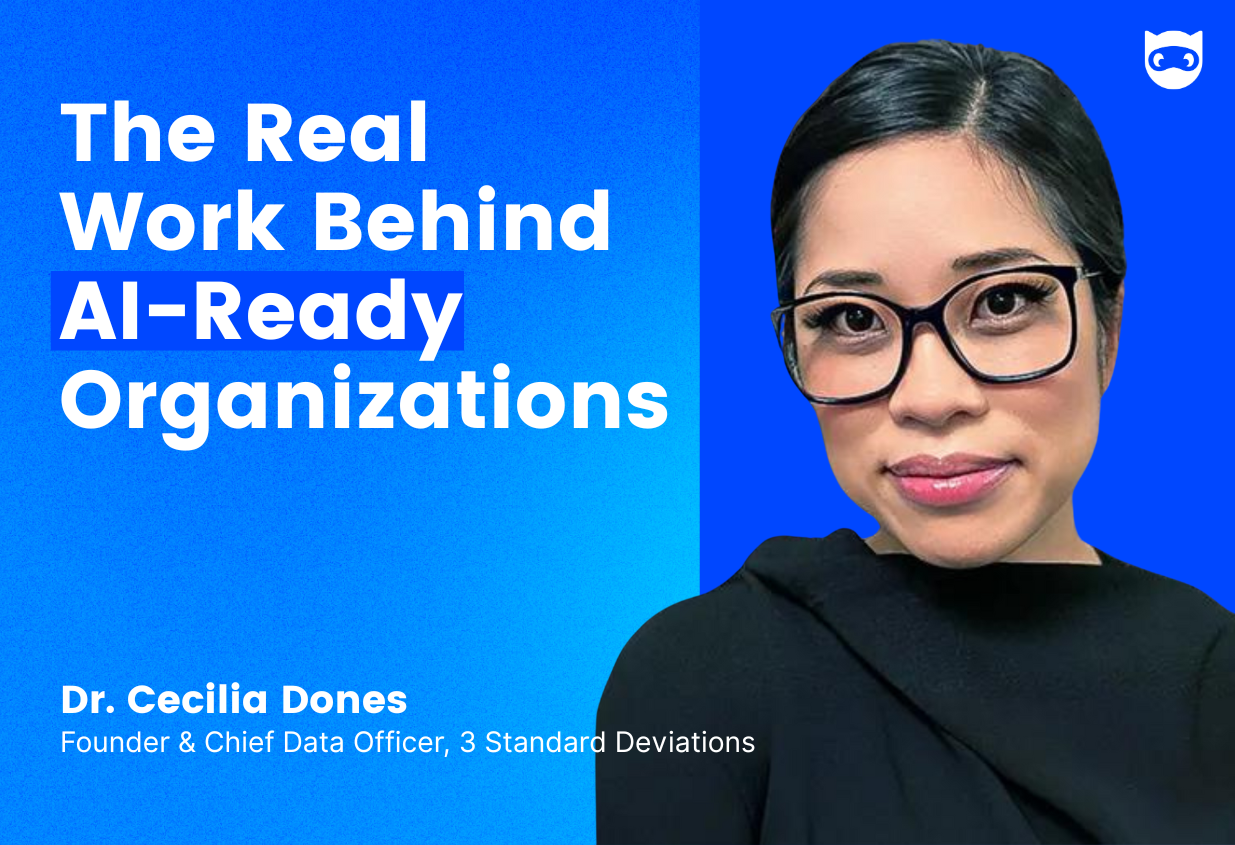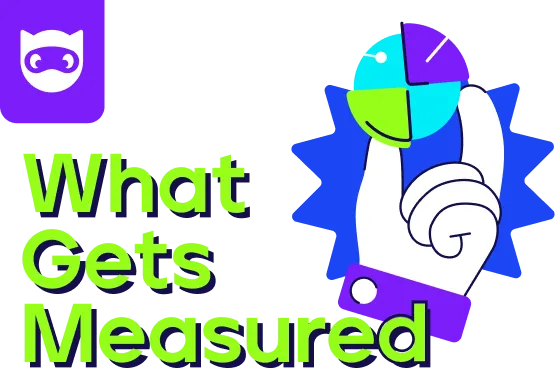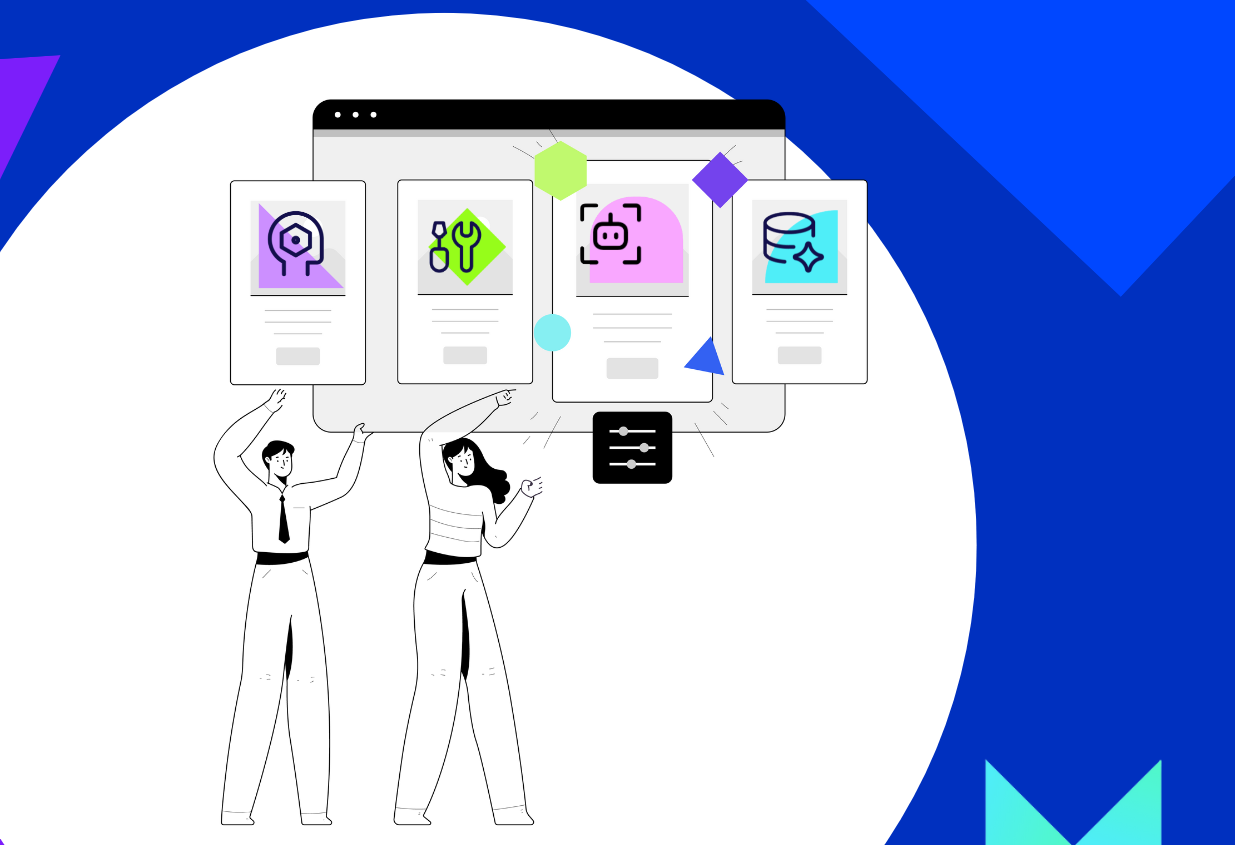The Real Work Behind AI-Ready Organizations

Most companies say they want to innovate. Few know how to recognize the moment when it’s actually possible.
Dr. Cecilia Donas has built a career helping leaders find those rare inflection points — what she calls the “three standard deviation moments,” where change moves from theoretical to real.
As founder of Three Standard Deviations, Cecilia helps leaders bridge two worlds that often speak past each other: the math behind AI and the humans who have to make it work. She’s led analytics and data-science teams at global agencies like Mindshare and Zenith. She’s also guided data and analytics strategy for enterprise brands like L’Oréal, Moët Hennessy, and Reckitt, helping them build the systems, talent, and governance needed to turn marketing data into business intelligence.
Beyond the boardroom, Cecilia teaches at some of the world’s top business schools — Columbia, MIT Sloan, and Wharton — and she currently serves on the ANA’s MarTech Advisory Board, where she’s helping shape how our industry approaches data and AI.
In this conversation, Cecilia unpacks what it really means to get “AI-ready” — from building habits of data hygiene, to knowing your organization’s true risk appetite, to using AI not just to accelerate, but to diagnose where your systems and culture need to evolve.
Get the Data Hygiene Right
Every conversation about data management, governance, and AI seems to start with technology. Cecilia starts with brushing your teeth.
“It’s like learning to brush your teeth when you’re a child: you have to get the bubble gum toothpaste, parents help with the timer, but the work of embedding that habit of hygiene has long-term positive impacts, and it’s the same with data hygiene.”
Before layering automation or predictive analytics onto an organization, Cecilia insists that teams build healthy habits of data management and governance. For large enterprise marketing teams — often running on fragmented systems and historical data debt — this reminder lands hard.
Cecilia sees data hygiene not as a technical chore but as the foundation for trust. Without it, the best algorithms simply amplify bad habits. Getting “AI ready,” she says, “starts with the unglamorous work of making sure your data can be trusted, shared, and explained.”
Know Your Culture Before You Automate It
Even with clean data, many organizations stall when they try to operationalize AI. The missing piece, Cecilia says, isn’t capability — it’s culture.
“Everyone says they want to be innovative, but in reality, most are fast followers, not first movers.”
Recognizing which kind of organization you actually are can prevent a lot of wasted motion. She’s seen leaders push for experimentation until teams burn out on half-baked pilots. The gap widens between ambition and trust.
“When leaders see both sides — the potential gain and the potential loss — they start to realize how risk-averse their culture really is. That’s when the conversation becomes real.”
For enterprises, the lesson isn’t to slow down innovation — it’s to right-size it. Knowing whether your culture rewards fast, reversible experiments or demands guaranteed wins will determine how far and how fast AI can actually go.
Use AI as a Diagnostic, Not Just an Accelerator
Most organizations see AI as a way to go faster. Cecilia likes to use it to see clearer.
“When you try to automate something and it breaks, that’s beautiful,” she says. “You’re seeing exactly where your process is brittle.”
In her work with marketing and data teams, automation often exposes what’s been invisible — messy handoffs, incomplete data flows, or human interventions no one realized were happening. Rather than viewing these failures as setbacks, Cecilia treats them as feedback loops: maps of what needs fixing before AI can deliver value.
This diagnostic mindset flips the usual AI narrative. Instead of measuring success only by acceleration, it rewards visibility and learning. For enterprise leaders, it reframes automation as a tool for organizational introspection — not just efficiency.
Human Judgment Still Defines the Edge
Even as AI grows more capable, Cecilia’s message to leaders is consistent: humans still determine the edge. The titles may change, but the underlying work — connecting insight to context — remains.
“Someone will always have to interpret and translate what the machine produces.”
What will matter most, Cecilia argues, are what she calls durable skills: critical thinking, creativity, collaboration, and communication.
“We used to call them soft skills, but there’s nothing soft about them. Any time you’ve had a tough client conversation or a negotiation that went sideways — that’s hard.”
As AI continues to reshape workflows and job titles, these human capabilities will be the stabilizers — the traits that let leaders make sense of information in a world where even the data can’t always be trusted.
Practical Questions for Enterprise Leaders
Cecilia’s framework invites more reflection than prescription. For leaders navigating AI integration at scale, her approach suggests a few grounding questions:
- Data: Are we confident in the integrity and flow of our data before applying AI to it?
- Culture: Do we know if we’re a first mover or a fast follower — and are we acting accordingly?
- Risk: Have we quantified both the upside and the downside of our experiments?
Visibility: Are we using automation to diagnose weaknesses as much as to accelerate output? - Skills: How are we developing durable skills that won’t expire with the next tool?
In a market obsessed with acceleration, Cecilia offers a rare kind of realism. She doesn’t dismiss AI’s potential, she grounds it. Her philosophy starts where most enterprise transformations stumble: the intersection of people, process, and probability.
Real advantage, she reminds us, doesn’t come from copying competitors or chasing trends. It comes from recognizing your own “three standard deviation” moments — those rare, data-driven outliers where insight meets readiness. That’s where the real innovation begins.
Listen now: Spotify | YouTube | Apple
Connect with Cecilia: LinkedIn | Website
Subscribe to What Gets Measured for more conversations like this.



.png)
